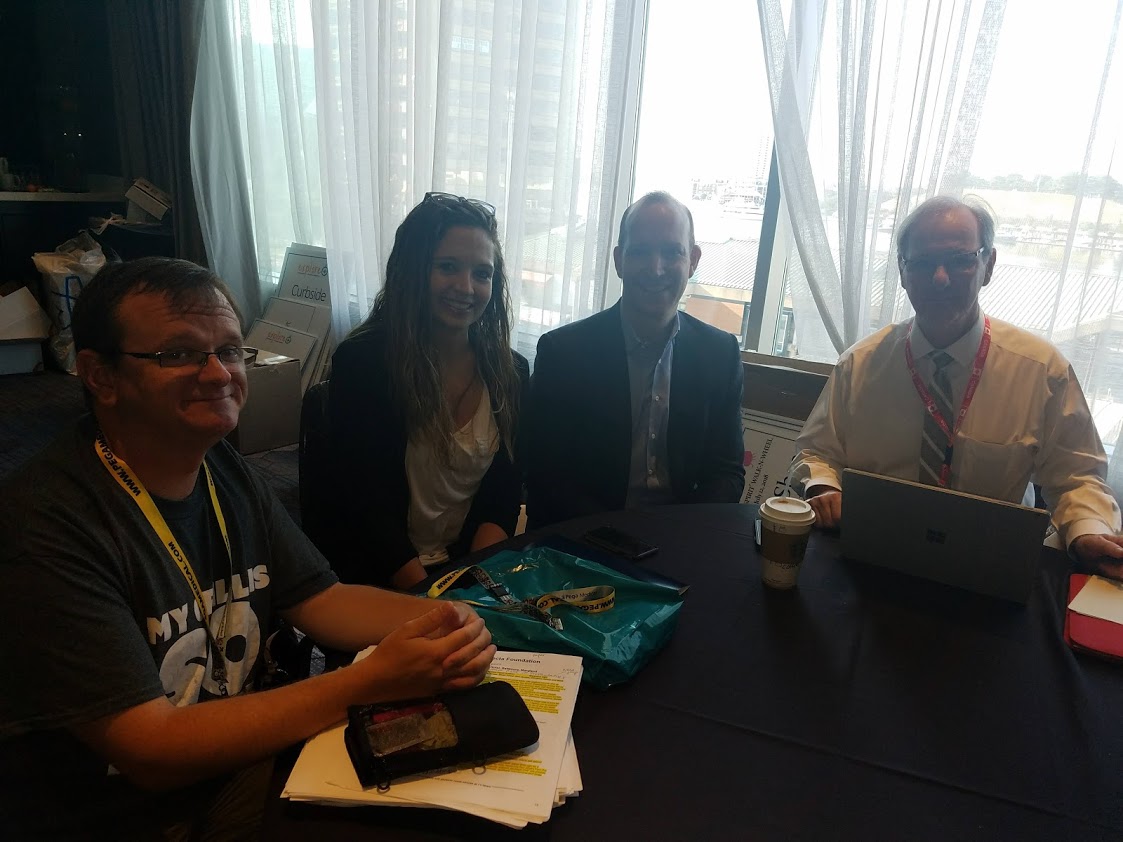Most folks who have spent extended amounts of time with our Dr. Kev quickly notice that he is not particularly tall. These same people also notice a decline in the quality of their vocabulary, critical thinking skills, and general life satisfaction. The good news for these folks is that they can experience remission of those symptoms with therapy. For Dr. Kev, however, the shortness is permanent, and it’s just one symptom of his magical genetic mutation.
Dr. Kev at one of his own pediatric dental visits, showing the legendary professionalism that would become his trademark.
Dr. Kev (who is admittingly writing this in third person, present-tense, which is harder than it should be) went into dentistry because he’d had a lot of experience at the dentist. By the time he was three, he’d knocked out all four front teeth on a coffee table. By the time he was eight, he’d spent two weeks at Texas Children’s Hospital as one of his molars tried to kill him with an infection. The rest of his teeth had broken and were covered up in sheets of stainless steel. Kind of like the shortness, though, Kev’s teeth were just another symptom of his magical genetic mutation.
Arley Harryman, Kev's grandfather. I dare you to look directly at those ruffles, because let’s face it - you’re not qualified, and neither am I.
Dr. Kev’s grandfather topped out at about four-foot-ten. Dr. Kev’s mom is about the same. They passed down to Kev a mistake in the gene that codes for the most common protein in the human body – collagen. Collagen is the structural fiber that holds everything in your body together. It’s in ligaments, tendons, in the connective tissue mesh that makes up the outside of organs, and it acts as the framework that holds all the mineral in place in bones and the dentin of teeth. In Dr. Kev’s case, he makes less of this protein than other people.
His condition is called osteogenesis imperfecta. He put it in italics, because it kind of looks like it should be in italics. There are a lot of flavors of OI (as we call it in the biz), some where the body makes less collagen, and some where the body makes collagen slightly wrong. The effects on the body can vary widely depending on the genetic mistake. For Dr. Kev, he’s a little short, he’s prone to breaking teeth, and he’s broken more than twenty bones (including a current suspected fracture of his coccyx obtained by getting tossed out of his boat on the Haw, so be patient with him when he sits down to check your teeth). For other folks, they may have tiny, severely bowed limbs, barrel-shaped chests and hundreds or thousands of fractures over a lifetime. Folks with the most severe change to the gene often don’t survive childbirth. Here's Gaelynn Lea, who won NPR's Tiny Desk Concert contest in 2016. Her OI has more pronounced physical effects than Dr. Kev's type I, but she's also a legit superstar.
In July, Dr. Kev had the opportunity to speak at the 2018 Osteogenesis Imperfecta Foundation’s national conference in Baltimore. Folks with OI often find it comparatively easy to receive medical care, and their needs are usually covered by medical insurance. Dr. Kev was invited to speak about the state of dental care in patients with OI. The takeaway, like everyone who has dental insurance already knows, is that dental insurance is a limited product with limited benefits. Folks with OI, who often have problems with every tooth in their heads, burn through a year’s benefits in seconds. Additionally, it’s hard to find doctors who are willing to treat patients with OI – no dentist wants to break a jaw when getting a wisdom tooth out. He got a chance to offer advice from his own experience as a patient, as well as from his experience as a board-certified pediatric dentist. There aren’t a lot of people with OI who get a chance to actively treat folks with their own condition, but Dr. Kev’s been incredibly lucky to have a few patients sitting in his chair.
Kev just hanging out with Dr. Renna Hazboun Zahr (Director of the Advanced Education in General Dentistry program, UCLA), Dr. Jay Neugarten (associate professor of oral and maxillofacial surgery at Cornell University), and Dr. Jean-Marc Retrouvey (director of orthodontics at McGill University). Note that Kev tries to be the change he wants to see in the world by wearing a T-shirt. He tried to talk the sun out of being directly behind our window, but the sun never listens to him.
At the conference, Dr. Kev had the chance to speak with other dental practitioners who’ve made a habit of treating OI patients, and he picked up a few of their tricks. Next spring, he’ll be speaking at UNC’s Friday Center, providing continuing education to dentists from all over the country on the topic of dental care in the OI population. If you see him, tell him to break a leg. Or not, because you’re cool and you know he’s broken both of them lots of times.




